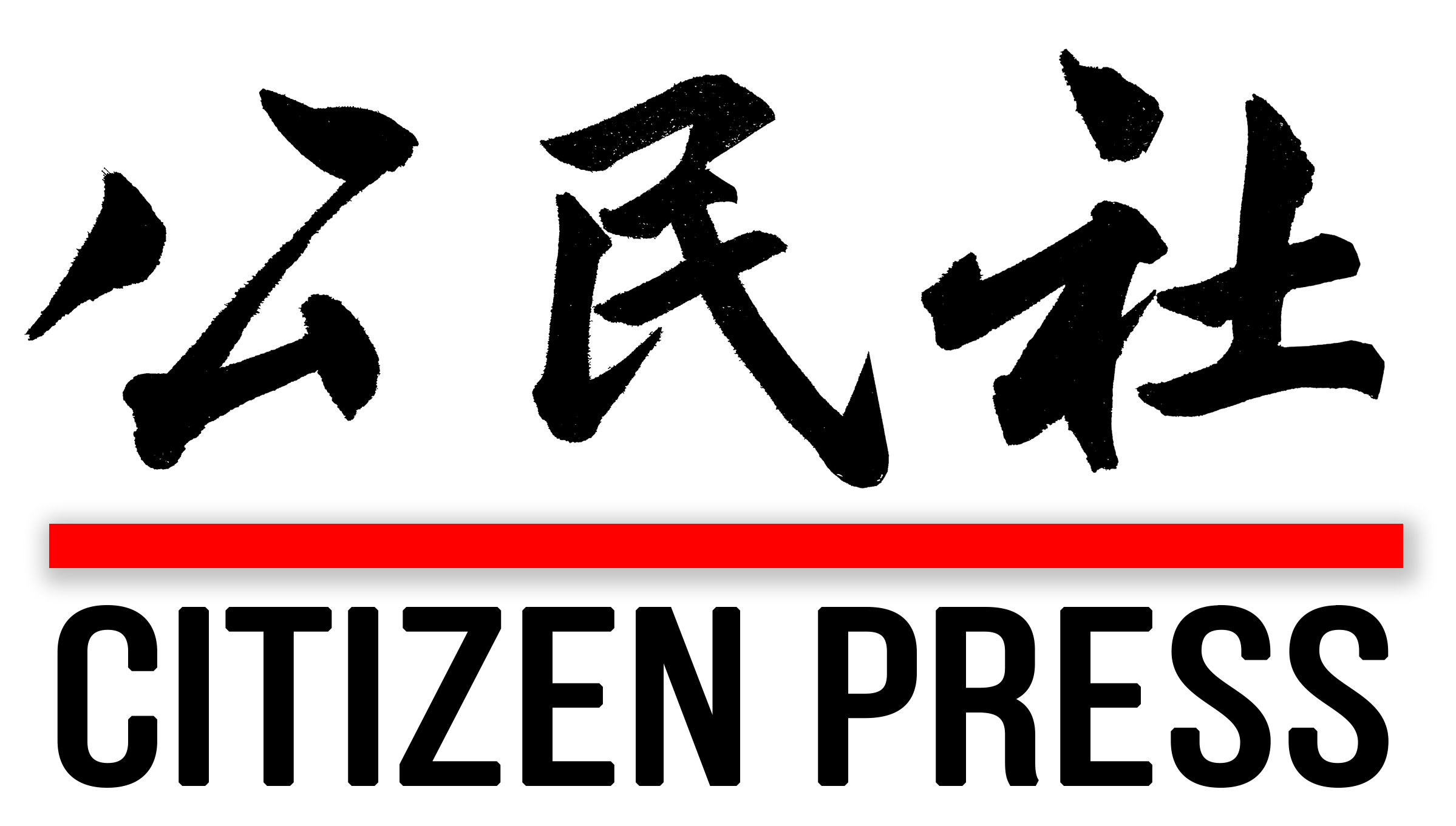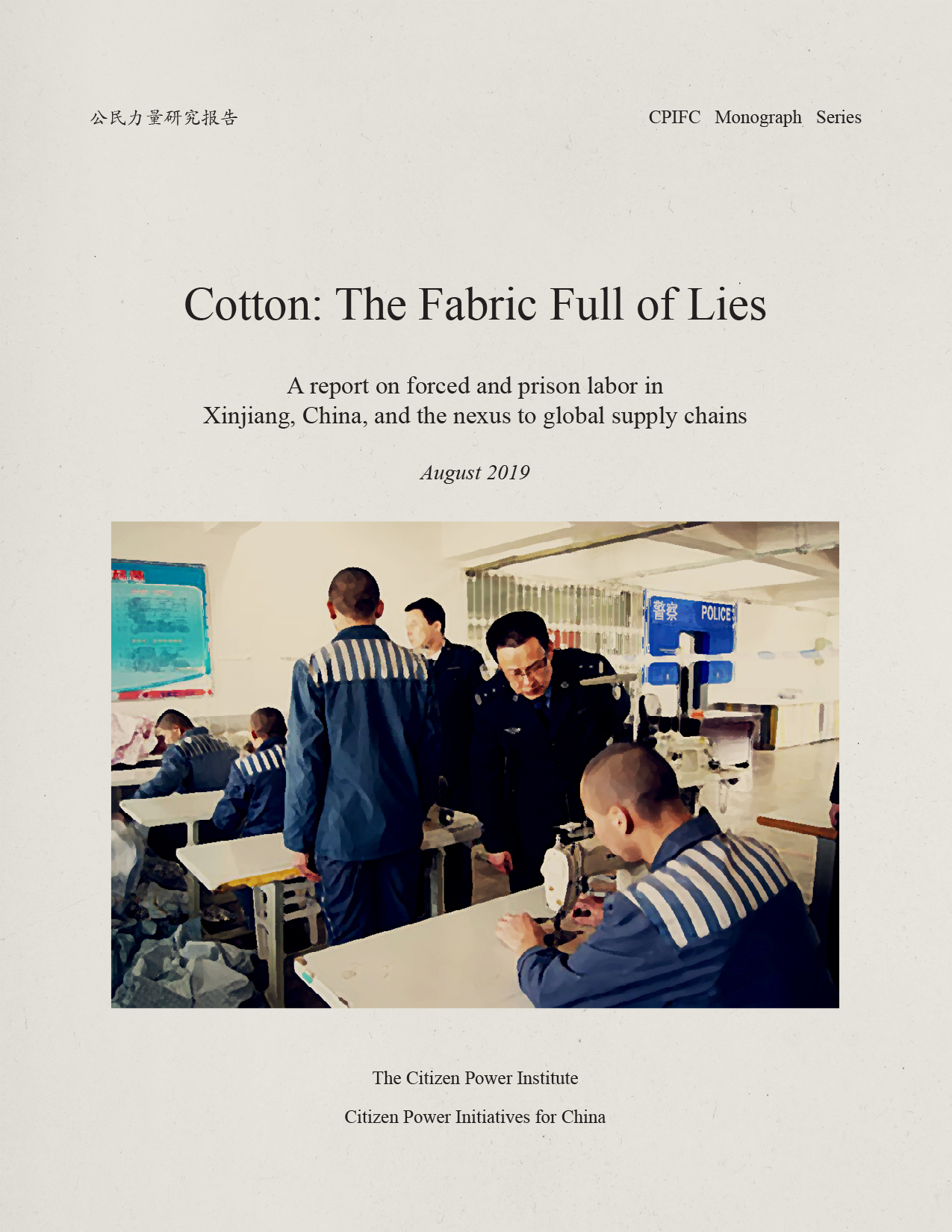被谎言玷污的棉花
调查报告:中国新疆强迫劳动和监狱劳工产业及其与全球供应链的关联
Cotton: The Fabric Full of Lies
A report on forced and prison labor in Xinjiang, China, and the nexus to global supply chains.
China has created a “cotton gulag” in the Xinjiang Uyghur Autonomous Region (XUAR). Xinjiang produces 84 percent of China’s cotton output, and is a primary supplier and exporter of cotton/ textile/ apparel products. Xinjiang is also home to a large percentage of China’s prison population and these inmates serve as a key labor force in every link of China’s cotton value chain, from cotton field reclamation to planting, harvesting, processing, and garment production.
Direct evidence from data published by the Chinese Communist Party (CCP), Chinese companies, and witness testimonies shows that prisons in the region are forcing inmates to work in prison cotton farms, processing plants, and textile/garment factories. This prison-based economy is designed to meet two CCP goals: earn money for the State and “politically stabilize” Xinjiang. To conceal this practice, prison and labor camp authorities in Xinjiang have deleted online information regarding these prison companies and factories, changed the names of prison factories, and created layers of complex company ownership structures in order to disguise prison factories and farms as schools and trading companies.
Key conclusions of the report:
- Xinjiang produces 84 percent of China’s cotton output, and is a primary supplier and exporter of cotton/textile/apparel products to Chinese factories in the interior of China, as well as internationally. The Xinjiang region has the largest number of prisons and labor camps in China, and it is China’s long-standing policy to use prison inmates as forced labor;
- Prison inmates in Xinjiang are routinely used to reclaim land for cotton fields, and participate in other parts of the cotton value chain, up to and including work in garment factories.
- In 2014, the Chinese Government began to implement a strategy to maintain political stability in Xinjiang. Part of the strategy involves the detention of large numbers of Uighurs in “re-education camps.” Concurrently, the government encouraged the development of the vertical integration of China’s garment manufacturing sector by moving textile and garment factories closer to cotton production in Xinjiang where Uighers could be placed for employment in the cotton/ textile/ garment industry;
- The presence of forced labor, particularly prison labor, at many steps of the cotton supply chain means that potentially all cotton/ textile/ apparel products from Xinjiang are produced with forced labor, and some of these products have entered into international commerce, including the U.S. and European markets.
For government agencies, please email dcoffice@initiativesforchina.org to obtain a copy of the report.
For general public, please obtain report from Amazon Kindle: https://www.amazon.com/Cotton-Fabric-report-Xinjiang-Monograph-ebook/dp/B07VSJHNGZ

